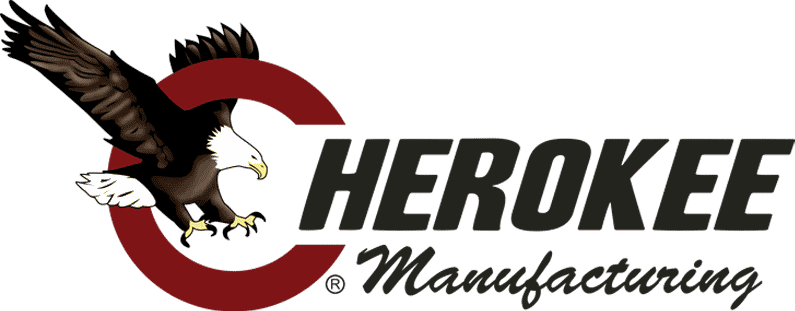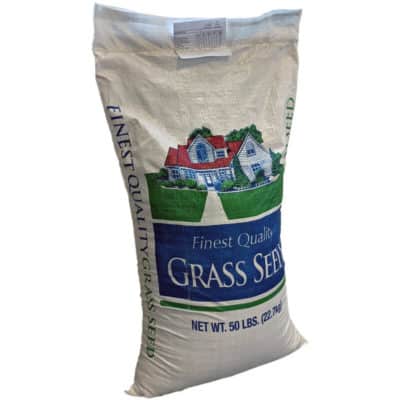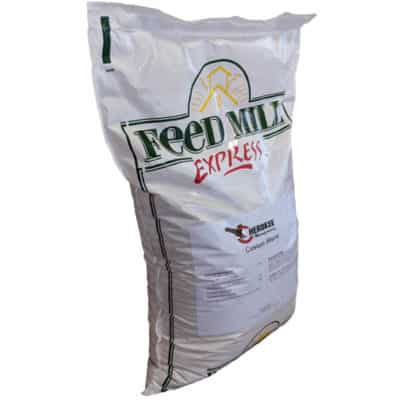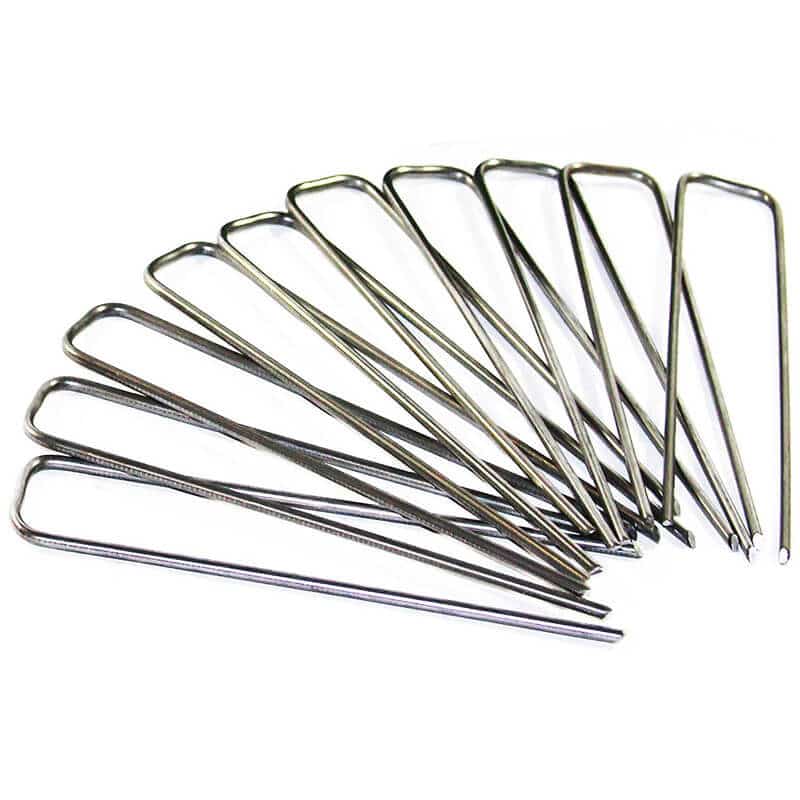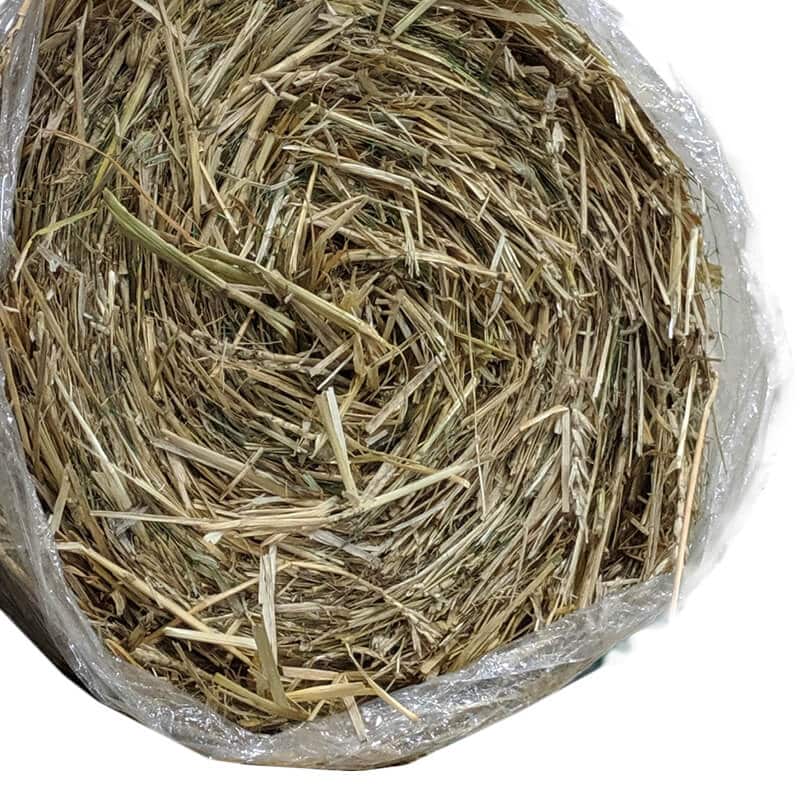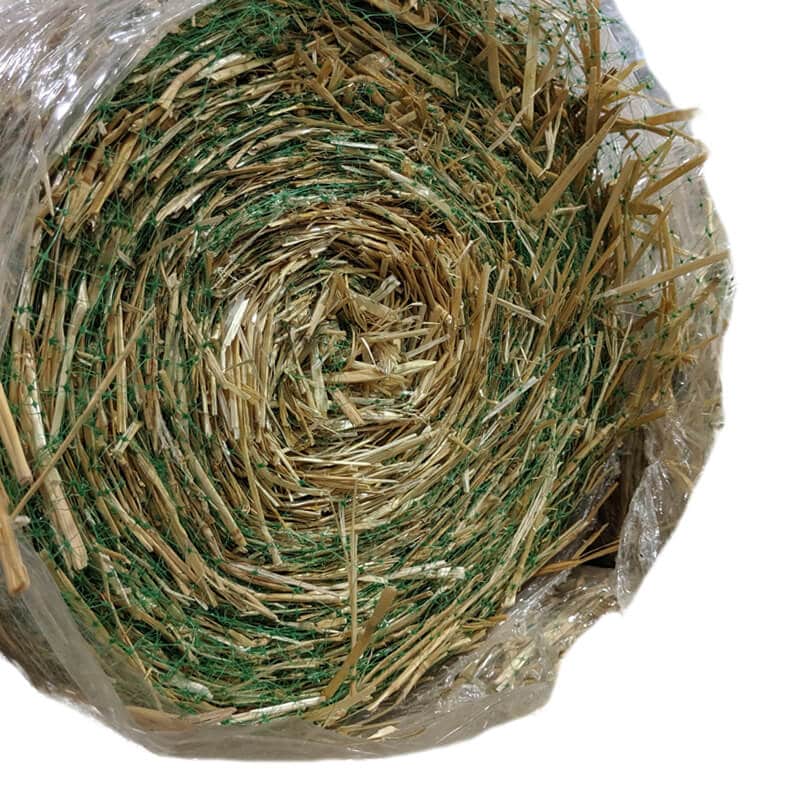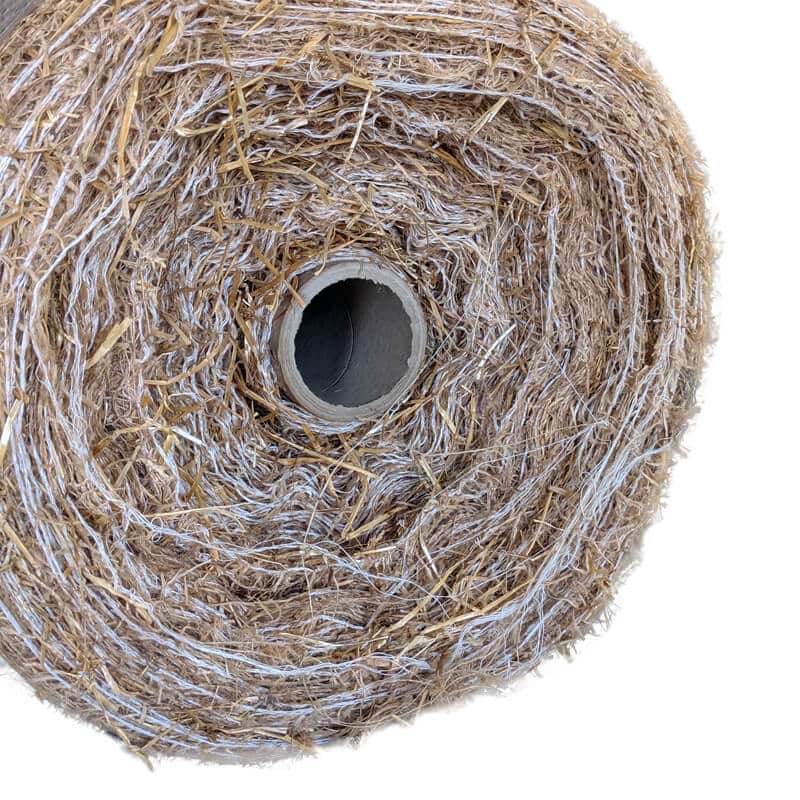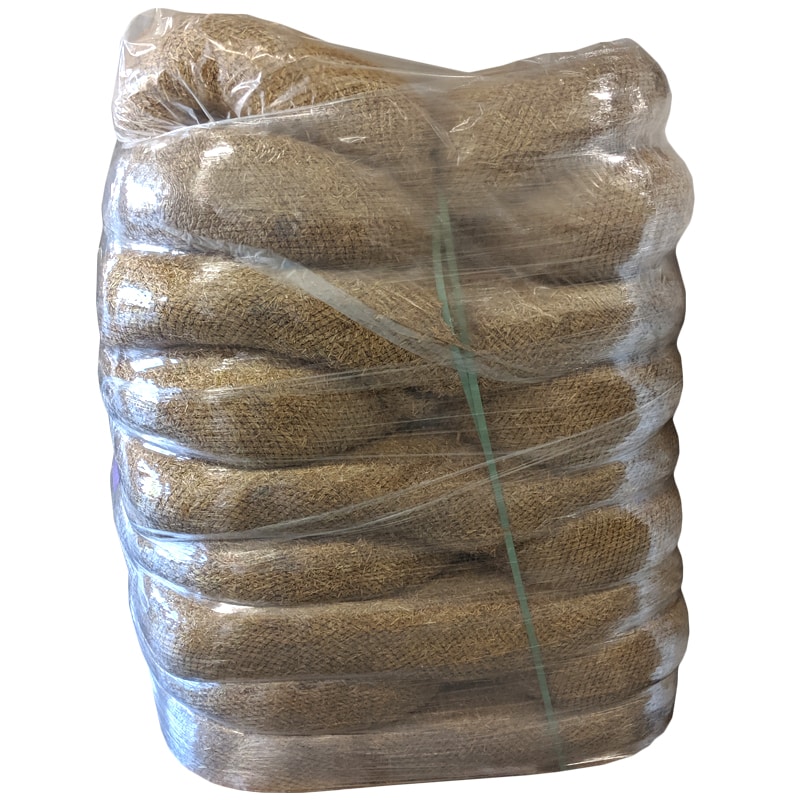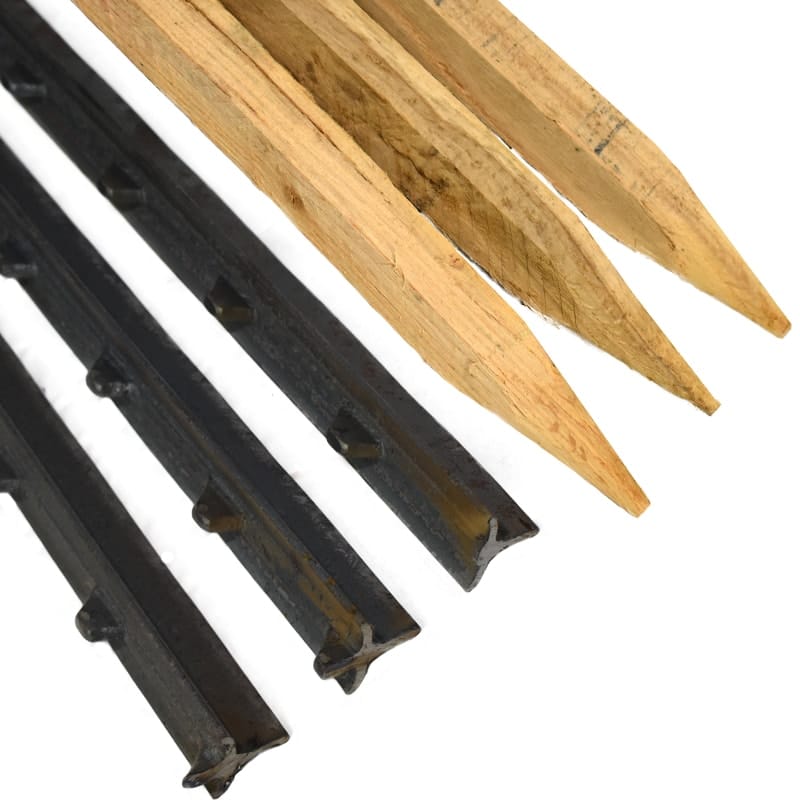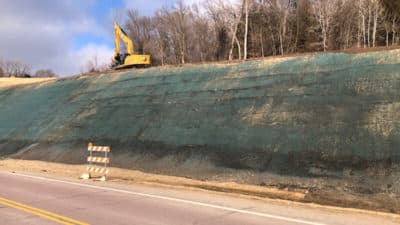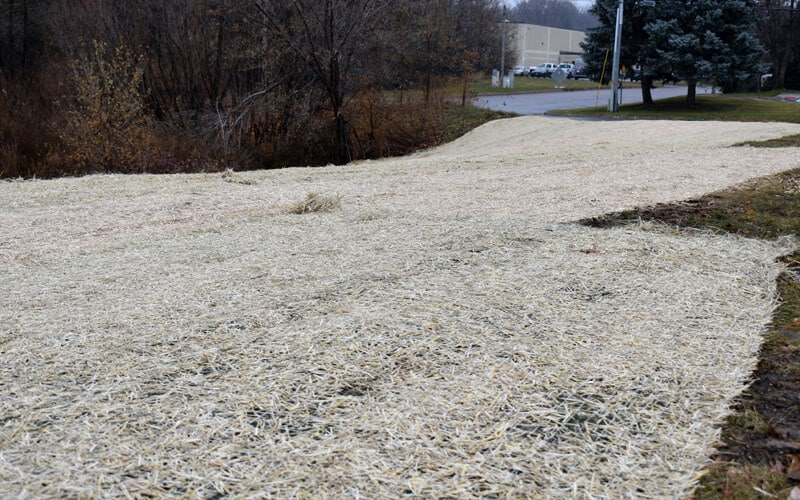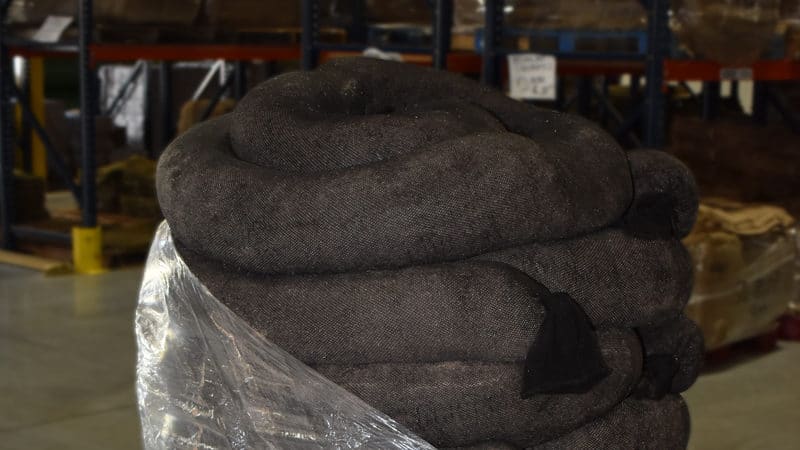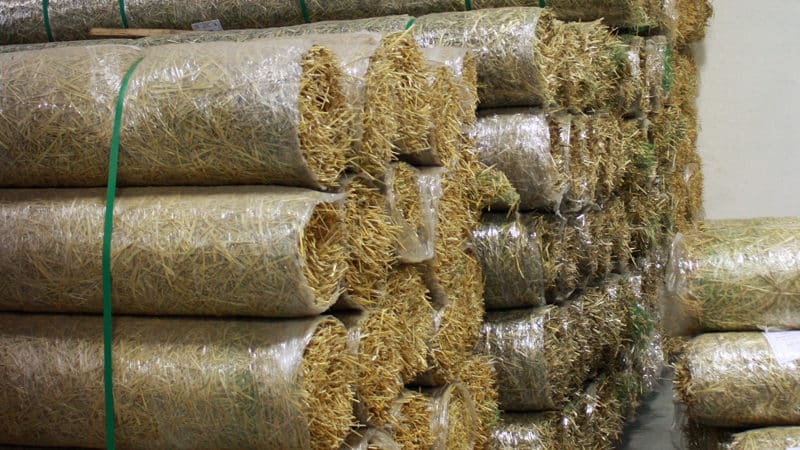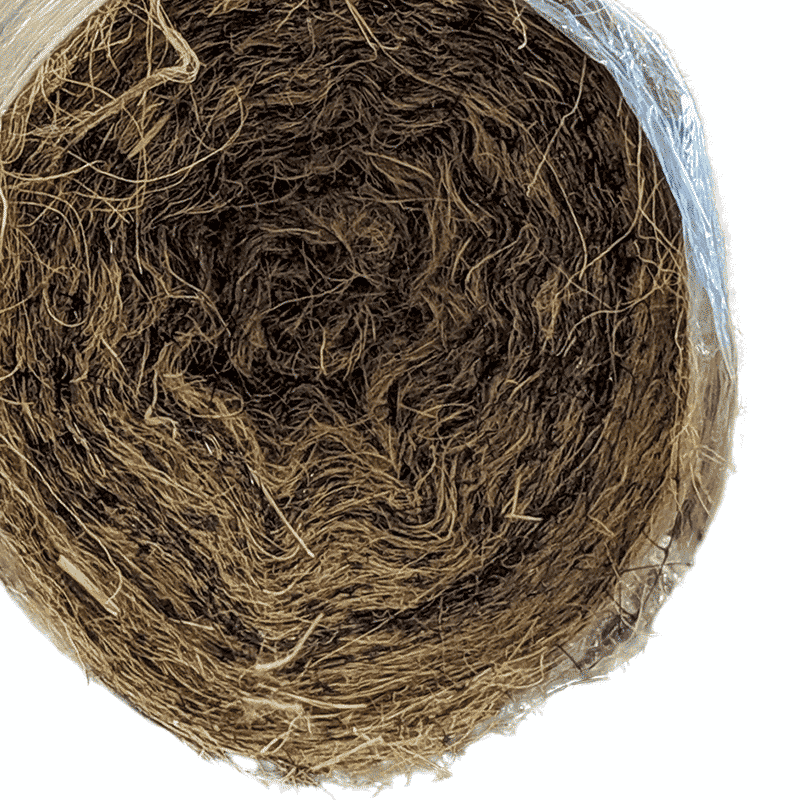
KEP-C100 with Natural Netting
KEP-C100 is a temporary rolled erosion control product composed of 100% Coconut Fiber evenly distributed and mechanically stitch-bonded with Natural Net on 1.5 inch centers on top and bottom.
All Cherokee Manufacturing blankets are proudly manufactured in the USA in accordance with our quality control program to ensure a uniform thickness of mulch.
Applications
- Slope Stabilization
- Soil Reinforcement
- Support in Channels
- Land Restoration Projects
- Slope or Channel Erosion Control
- Slopes up to 1:1
- High flow channels
- Bare ground seeding
Benefits
- Prevents soil erosion from rainfall impact
- Prevents soil erosion from stormwater sheet flow
- Prevents soil erosion from concentrated channel flow
- Retains moisture in soil to enhance seed germination and vegetation growth
- Available with a leno woven natural netting to prevent wildlife entanglement
View State Regulatory Approvals
Specifications: KEP-C100 – Natural Netting
KEP-C100 Natural is available in 4’, 8’, and 16’ wide rolls x 112.5’ or 550’.
| Standard Expected Values | ||
| Tensile Strength | ASTM D6818 | 22lb/in x 15.1lb/in |
| Light Penetration/Cover | ASTM D6567 | 18.3%/81.7% |
| Mass per unit/area | ASTM D6475 | 8.77 OZ/SY |
| Thickness | ASTM D6525 | 212 mils |
| Water absorption | ASTM D1117 | 347% |
| Vegetative Enhancement | ASTM D7322 | |
| Limiting Velocity | ASTM D6460 | 9.4 Ft/Sec @ 1⁄2” Soil Loss |
| Limiting Shear | ASTM D6460 | 2.6 PSF @ 1⁄2” Soil Loss |
| Cumulative C Factor | ASTM D6459 | 0.008 |
| Netting | |
| Top Netting | 100% Organic Leno Woven Jute Net |
| Opening Dimensions | 1/2” x 1/2” Nominal |
Specifications: KEP-C100 – Synthetic Netting
KEP-C100 is available in 4’, 8’, and 16’ wide rolls x 112.5’ or 562.5’.
| Standard Expected Values | ||
| Tensile Strength | ASTM D6818 | 32.1lb/in x 16.9lb/in |
| Light Penetration/Cover | ASTM D6567 | 6.5%/93.5% |
| Mass per unit/area | ASTM D6475 | 12 OZ/SY |
| Thickness | ASTM D6525 | 325 mils |
| Water absorption | ASTM D1117 | 212% |
| Vegetative Enhancement | ASTM D7322 | 321% |
| Limiting Velocity | ASTM D6460 | 9.2 Ft/Sec @ ½” Soil Loss |
| Shear Stress Capacity | ASTOM D7107 | 3.66 PSF @ ½” Soil Loss |
| Cumulative C Factor | ASTM D6459 | 0.006 |
| Netting | |
| Expected Functional Longevity (ECTC) | 36 Months |
| Top and Bottom Netting | 100% Synthetic PP UV Stabtabilized |
| Opening Dimensions | 3/4” x 3/4” Nominal |
Don’t forget the Grass Seed, Fertilizer, and Sod Staples
See the installation in action
Commonly asked questions:
Coconut blankets are used to stabilize slopes and reinforce soil. They are commonly used in land restoration projects and in high flow channels and bare ground seeding. They are wonderful for slope or channel erosion control.
Construction workers and landscapers use these erosion control blankets to help manage steep slopes and driveways while their work is in progress.
There are many different benefits to coconut blankets as they help prevent soil erosion from several things such as stormwater, channel flow, and the impact of rainfall.
It helps to hold in the moisture for the soil to give the vegetation the proper environment to grow as well as the best space for seeds to germinate.
Coir blankets (also known as coir mats or coconut blankets) are biodegradable erosion control items used in difficult places such as riverbanks, creeks, waterways, and swamps. Each coir blanket is manufactured entirely of coconut fibers to provide an efficient and biodegradable erosion control solution.
Each blanket is made of double-net Jute on the outside and 100% coconut coir on the inside. Coconut blankets are a suitable alternative for locations with up to 1:1 slopes and heavy flows because of this design.
Coir is a fiber made from the coconut fruit’s external layer. It was initially seen as rubbish, and its use was limited to doormats and floor mats. On the other hand, Coir is now being employed in the development of a variety of erosion and sediment control solutions.
Coir fiber is the strongest and most durable of all the widely accessible natural fibers. It is the most effective natural fiber for conserving natural resources. Coir fiber is split into numerous grades during processing. The shorter, stronger fiber is known as mattress coir fiber, while the longer fiber is known as bristle coir fiber.
Soak the blankets entirely with a water hose. Turn on a sprinkler and let the blankets become saturated to the degree of runoff if you have a large area—water the blankets to keep them completely damp until grass shoots through.
Erosion control blankets are woven from a specific material and are designed to reduce the rate at which water travels across the surface. The chosen material usually has a lot of ridges and barriers for the water to slow down on.
Request A Quote
Wholesale and Bulk Quantity Requests Only
You can also call us at 866-630-1514
or setup a Credit Application
